Climate & Growing Zones
How climate affects the way celery grows.

Celery thrives in temperate climates with consistent cool temperatures and requires specific growing conditions to flourish. The plant is considered a long-season crop, with an ideal growing temperature range between 60°F and 70°F. Temperatures that are too low can cause premature bolting, while excessive heat may result in tough, bitter stalks.
In the United States, celery is most commonly grown in USDA Hardiness Zones 4 through 9. These zones provide the necessary temperature stability and growing season length to accommodate celery's 85-130 day growth period, depending on the variety.
Regions with high organic content and access to muck soils, such as parts of California, Florida, and Michigan, are particularly well-suited for celery production. These areas offer both the optimal soil type and climate consistency. Additionally, the ability to manage irrigation is critical, as celery requires frequent watering to maintain its high water content and avoid stress.
Understanding the climate and growing zones is essential for celery growers to ensure proper planting times, soil preparation, and irrigation methods, which are key factors for a successful harvest.

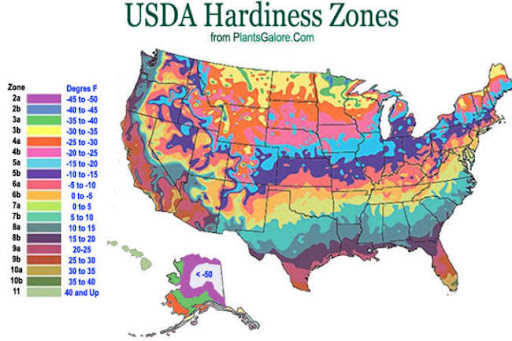
Which States Farm the Most Celery
1: California
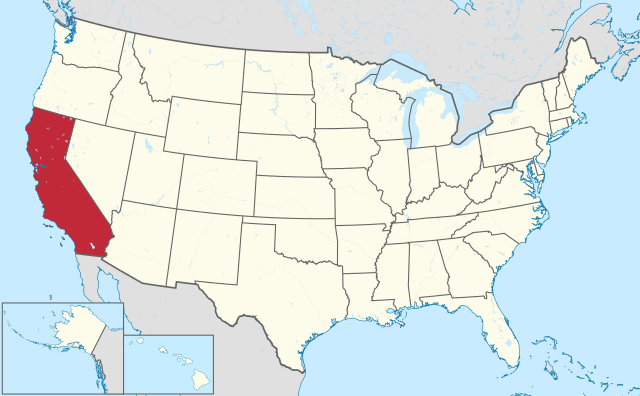
This state dominates celery production, accounting for 90-95% of the U.S. crop. Key regions include Ventura and Monterey counties, as well as areas along the central and southern coasts.
2: Michigan
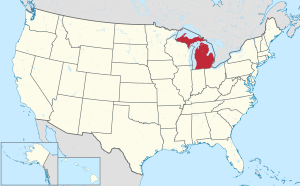
Although far behind California, Michigan remains the second-largest producer, with its cooler climate suitable for celery cultivation.
3 & 4: Florida & Texas
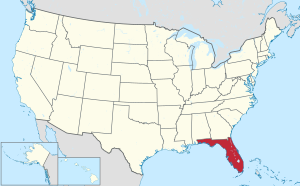
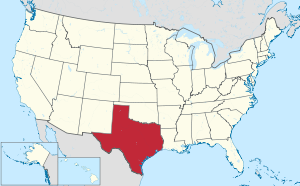
Historically significant, these states have played roles in celery production but contribute less today compared to California and Michigan.